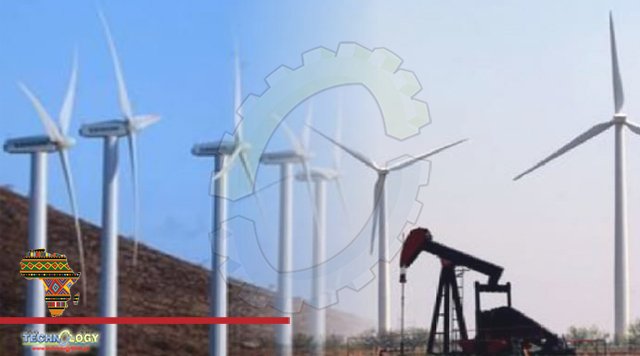South Africa needs to invest in its grid more quickly if it wants to end load shedding within the next ten years, according to Mr. Moodley.

The Energy Resilience Programme of the Western Cape Government aims to make it possible for stakeholders in the private sector to contribute to the resolution of the power crisis. Wind energy’s potential to play a significant role in the province’s and nation’s energy mix was the main topic of Premier Alan Winde’s 9th Energy Digicon.
“We are willing to consider all practical options in order to narrow the enormous gap between power demand and supply. In the Western Cape, which is the name of our province, wind is nothing new. If it means putting an end to power outages, there is absolutely no reason why we shouldn’t accept energy sources like the “Cape Doctor,” according to the Premier. This week’s special guest of the Premier was Dhesen Moodley, Managing Director at Globeleq.
The Klipheuwel Wind Farm near Caledon, a well-known landmark of the Overberg, is majority owned by Globeleq. A well-known independent power producer in South Africa and other parts of Africa is Globeleq.
The Klipheuwel Wind Farm covers over 350 hectares:
The 27MW facility is among the first of its kind arising from the country’s Renewable Energy Independent Power Producer Procurement Programme (REIPPP);
It comprises 9 turbines;
It generates about 86GW/hour;
Around 19000 households are provided with power.
The country must overcome a sizable obstacle, according to Mr. Moodley, which is the constrained grid capacity. South Africa needs to invest in its grid more quickly if it wants to end load shedding within the next ten years, he continued. Massive scale investment needs to be accelerated. With renewable energy, we are capable of much more. Renewable energy is more rapid.
The Western Cape has enormous potential for wind and solar energy, according to Premier Winde. We will keep assisting the private sector in removing obstacles like red tape so that more companies can innovate and contribute to the solution to the energy crisis.
Premier Winde and Provincial Finance and Economic Opportunities Minister Mireille Wenger went to the wind farm before the energy digicon. They were in awe of the technology and innovation that went into such a facility as they stood at the base of one of the turbines, which were 90 metres high.
The Premier added that the turbines have “become something of an iconic landmark for the area, as well as a reminder of the power of innovation and the increasing need for us to look to renewable energy sources, such as wind, which is abundant in our province, to help us become energy resilient.” In addition to providing electricity to thousands of homes in the Overberg region, the turbines also serve as a symbol of innovation and innovation’s ability to drive change.